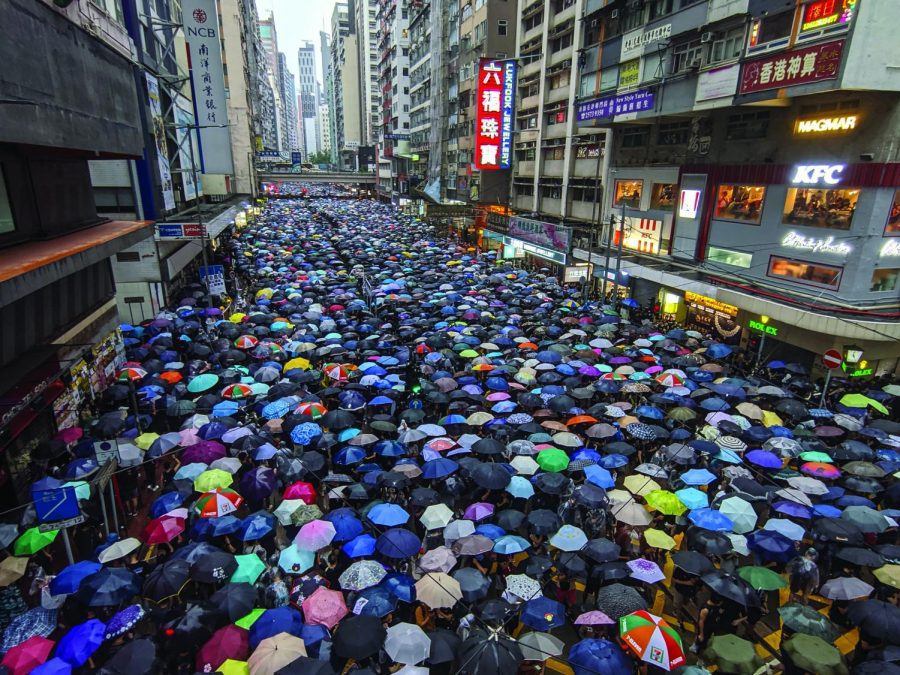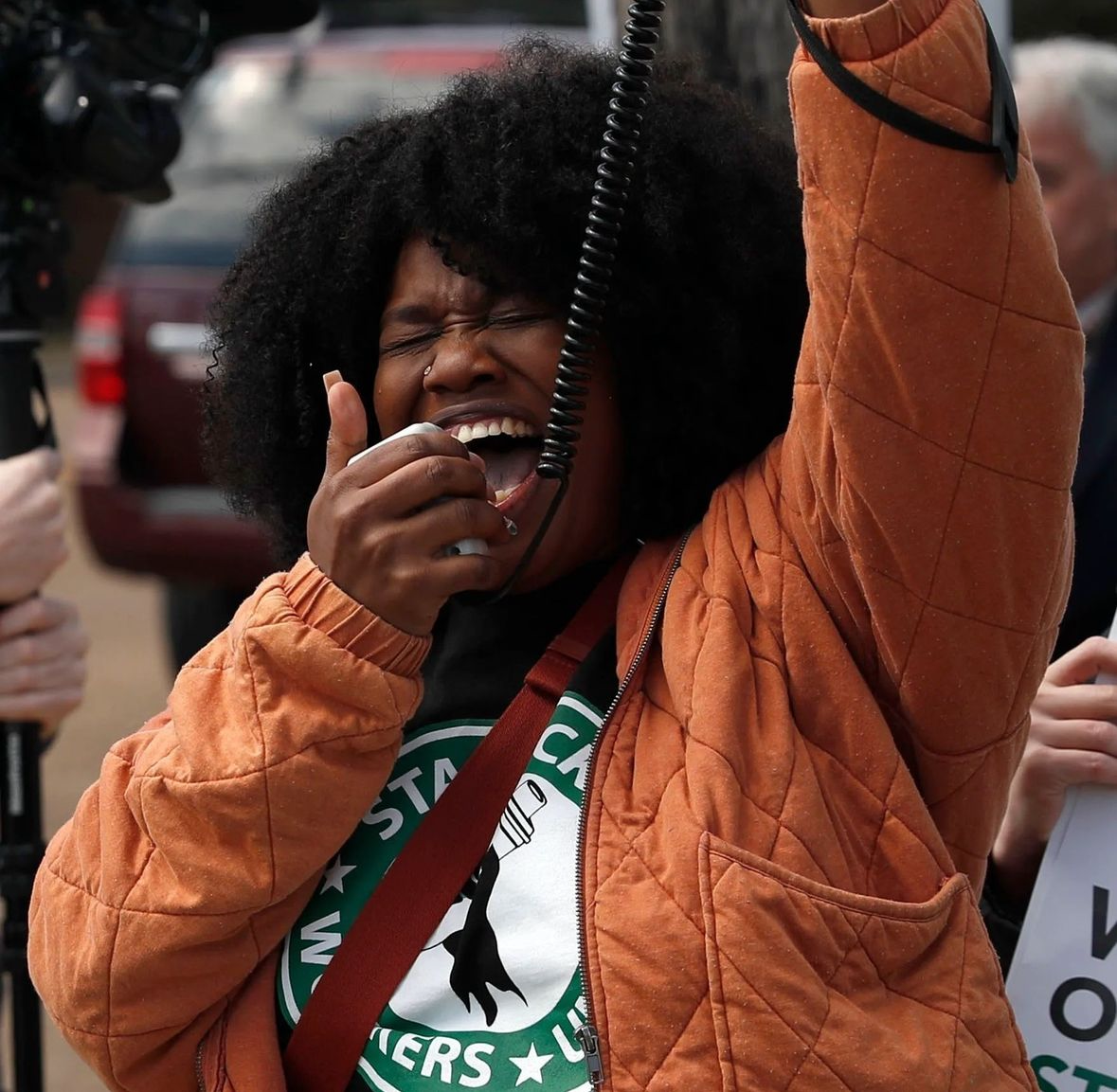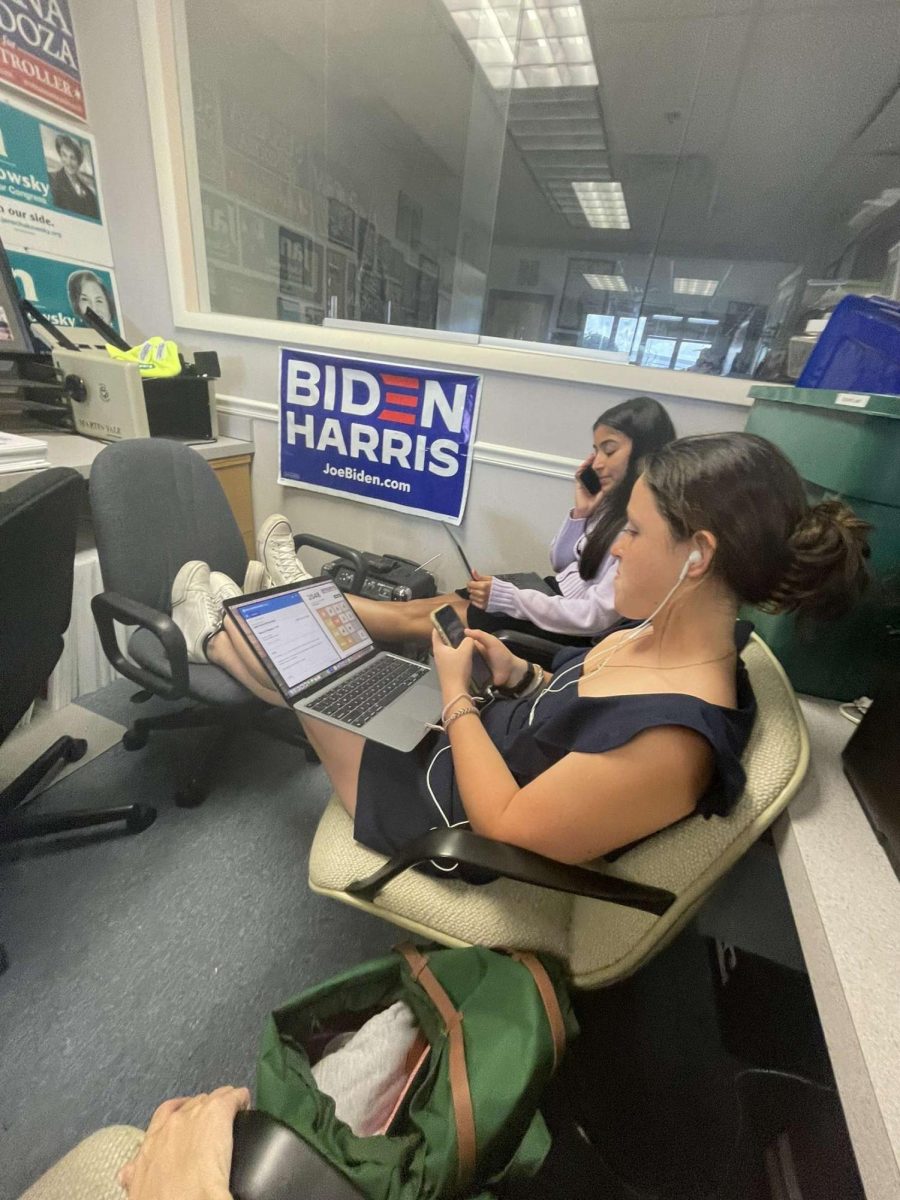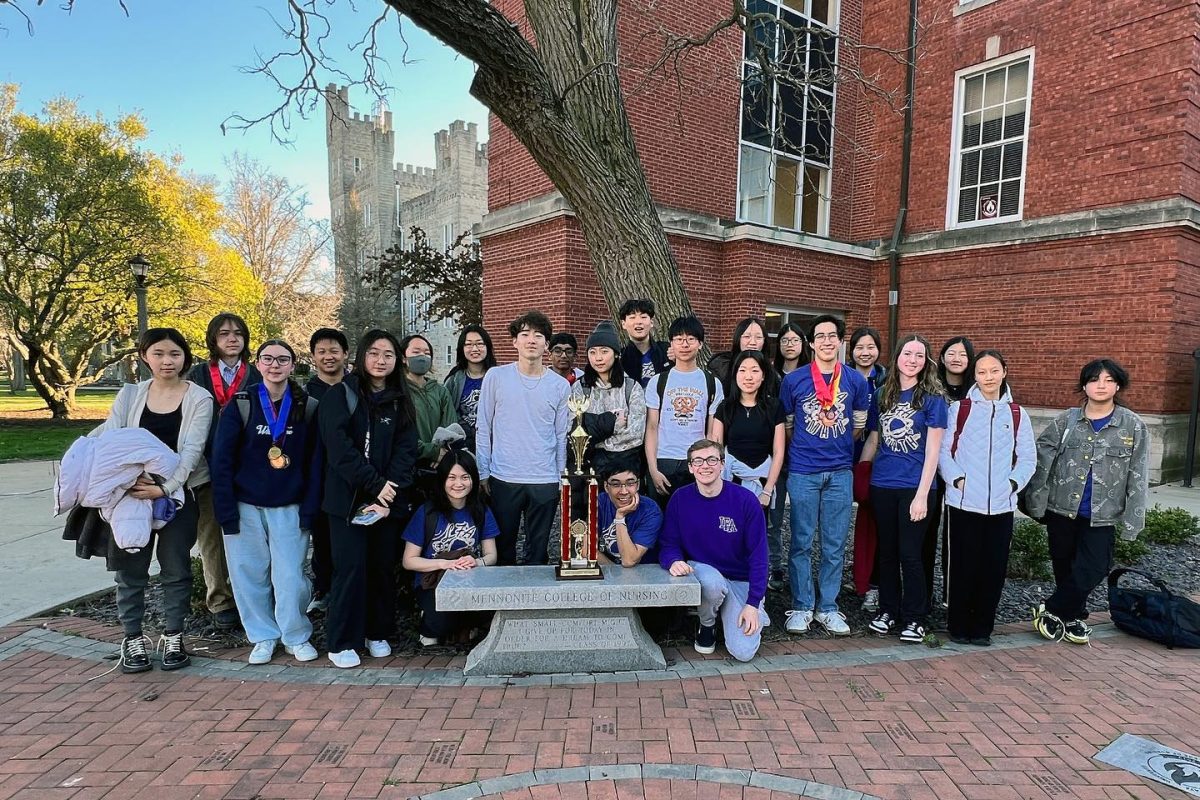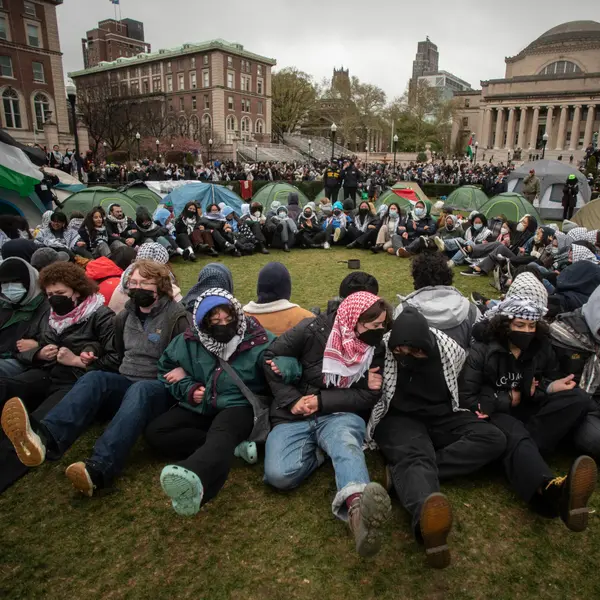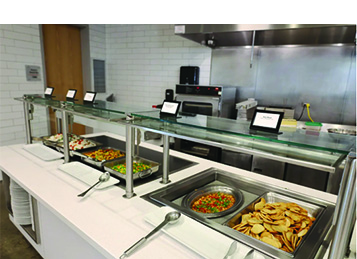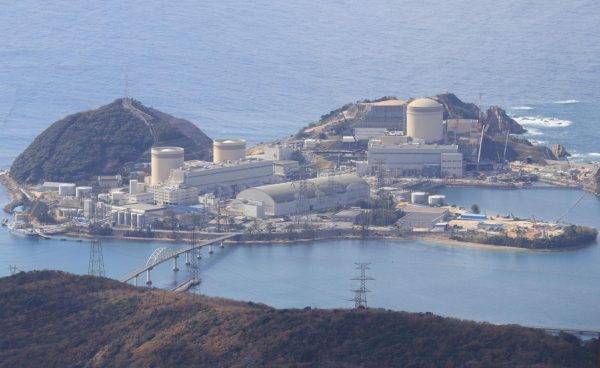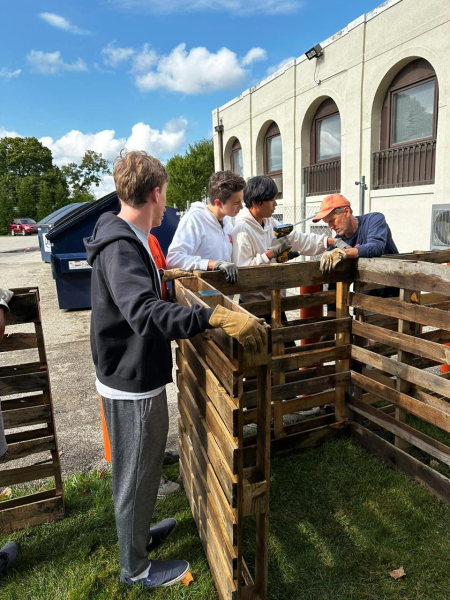Protests and conflicts in Hong Kong: A fight to keep freedoms inside the special administration region
October 9, 2019
For over 12 weeks, the city of Hong Kong has been embroiled in hostility between Hong Kong police forces and protesters who want to maintain their relative autonomy from the mainland.
Hong Kong, a former British colony taken at 1842 and ceded back to China in 1997, has enjoyed status a special administrative region of the People’s Republic of China. This means that separate economic and government systems are employed than those in mainland China-instead of the Yuan, the Hong Kong Dollar is the currency of choice. While the relative autonomy of Hong Kong has been mostly unimpeded, there have been changes that move the region closer to the mainland. In 2003, treason against the Chinese government was outlawed by the Hong Kong government; in 2014, Beijing attempted to make it so only approved Chief Executives could be elected.
The most recent protests have been a result of the Chinese government attempting to put into place an extradition bill, which gives Beijing the ability to take people arrested in Hong Kong back to the Chinese mainland for trial.
Activists have fought hard in order to overturn this bill, and millions have turned out to protest the perceived injustice. The police retaliated with force, attacking protestors, dispensing tear gas, and forcibly breaking up demonstrations.
However, different perspectives on the issue are present. Protestors are hardly peaceful themselves, and in order to attempt to force the hand of the Hong Kong police they have occupied government buildings and damaged property across the city. Bricks are thrown, police stations are encircled, and arson is committed. Millions of protestors slow trade and damage the economy; they even managed to shut down the Hong Kong airport for a few hours.
In response, the Hong Kong police have escalated the force that they use as well. Increasingly, water cannon are deployed, tear gas is dispersed, and pepper spray is fired at the mobs of protestors.

